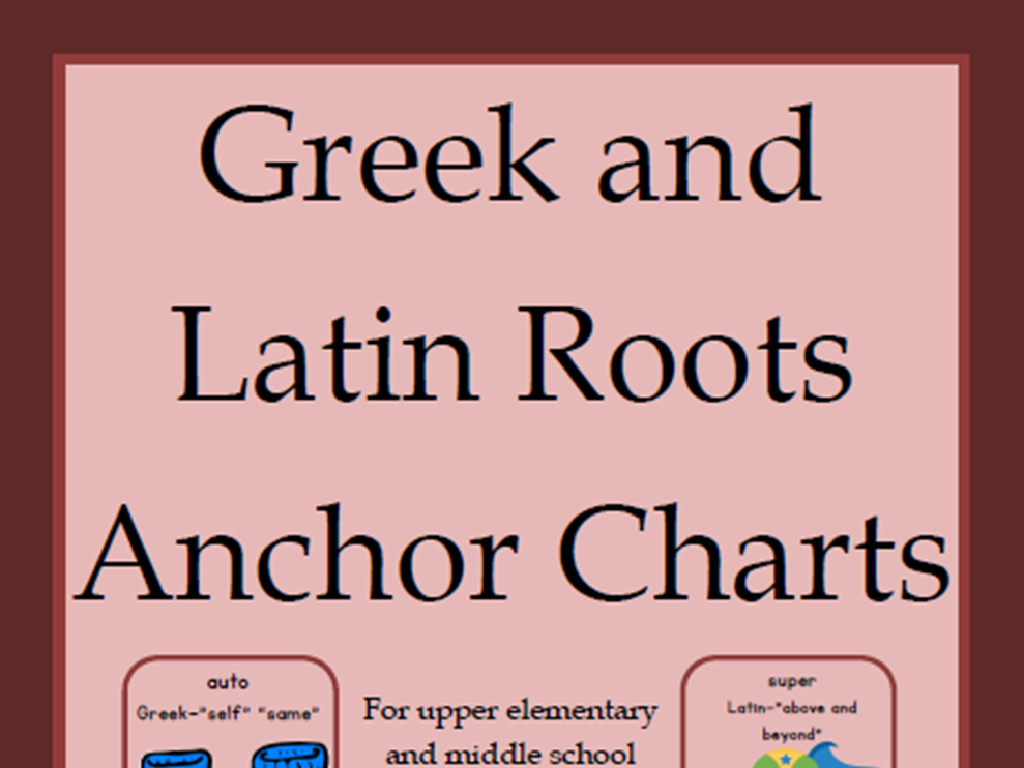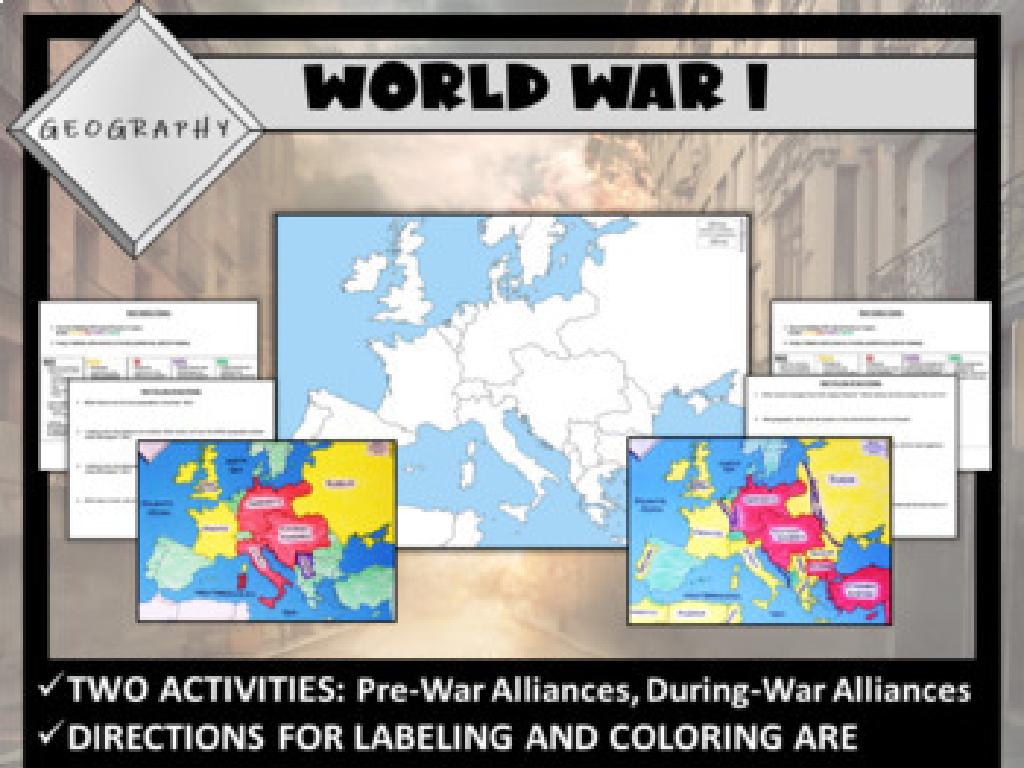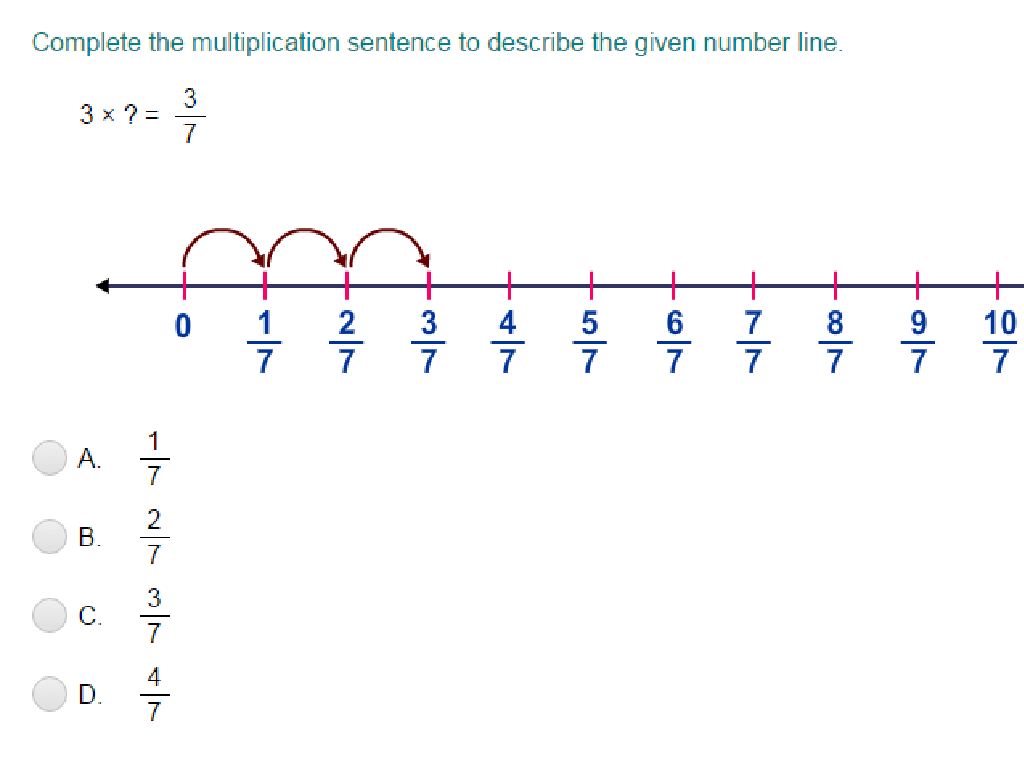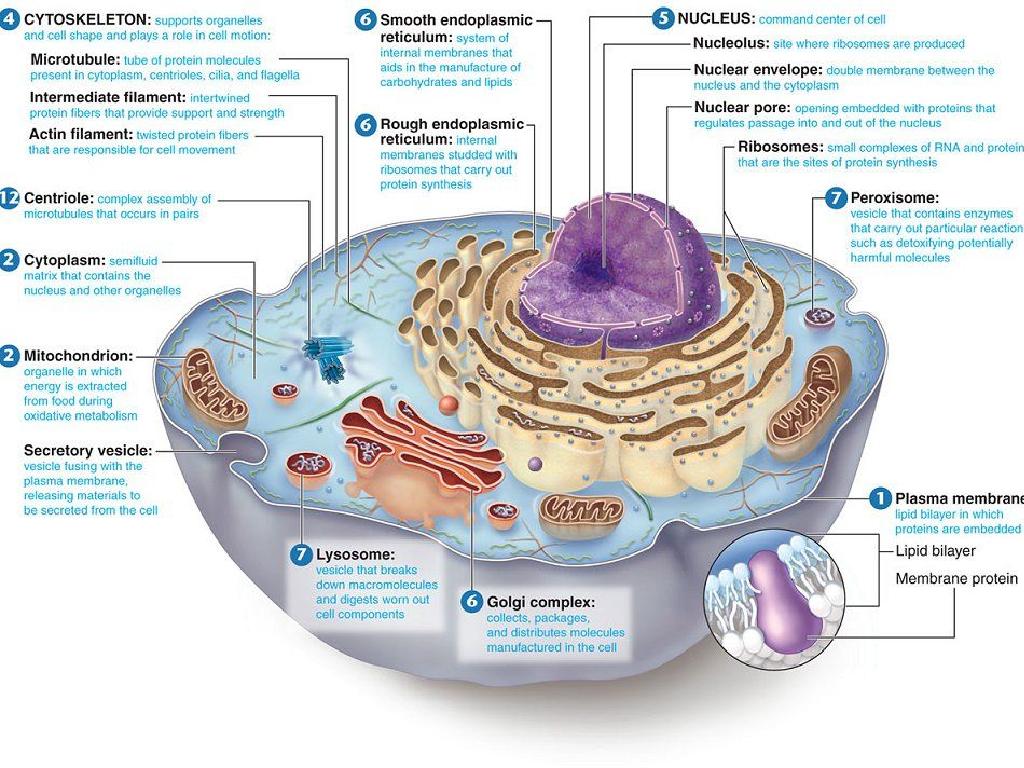Multiply Fractions And Mixed Numbers By Whole Numbers In Recipes
Subject: Math
Grade: Fourth grade
Topic: Multiply Fractions And Whole Numbers
Please LOG IN to download the presentation. Access is available to registered users only.
View More Content
Multiplying Fractions in Recipes
– Welcome to multiplying fractions!
– Multiply fractions by whole numbers
– If a recipe calls for 1/2 cup of sugar and you want to double it, you multiply 1/2 by 2.
– Mixed numbers in recipes
– A mixed number has a whole part and a fraction part, like 1 1/2 pizzas.
– Practical uses in the kitchen
– Doubling a recipe or making half a batch requires fraction multiplication.
|
Today’s lesson will introduce students to the concept of multiplying fractions and mixed numbers by whole numbers, with a focus on practical application in cooking. Start by explaining the basics of fractions and how they represent parts of a whole. Then, demonstrate how to multiply a fraction by a whole number using examples from recipes, such as doubling ingredients. Discuss mixed numbers and how they can be converted to improper fractions for easier multiplication. Emphasize the real-world application by discussing how this skill is useful in adjusting recipes in the kitchen. Encourage students to think of their favorite recipes that might involve fractions.
Understanding Fractions in Recipes
– What is a fraction?
– A fraction represents a part of a whole.
– Numerator vs. denominator
– Top number (numerator) and bottom number (denominator).
– Fractions in daily life
– Examples: Half an apple, quarter of a pizza.
– Using fractions in cooking
– Recipes use fractions for ingredient amounts.
|
Begin with a quick review of fractions, ensuring students understand that a fraction represents a part of a whole. Clarify the roles of the numerator and denominator in a fraction. Provide relatable examples of fractions that students encounter in their daily lives, such as cutting an apple into halves or a pizza into quarters. Emphasize the practical application of fractions in cooking, such as using half a cup of sugar or a quarter teaspoon of salt, to prepare them for multiplying fractions and mixed numbers by whole numbers in recipes. This will set the foundation for understanding how fractions are used in real-world scenarios, particularly in following and adjusting recipes.
Multiplying Whole Numbers by Fractions
– How to multiply a whole number by a fraction
– Visual example with pizza slices
– Imagine cutting 3 pizzas into 4 slices each. How many slices do you get?
– Practice problem: 2 x 3/5
– Let’s solve 2 x 3/5 step by step together
– Understanding the result
– See how multiplying changes the number of parts we have
|
This slide introduces the concept of multiplying whole numbers by fractions using visual aids and practice problems. Start by explaining the process of multiplication as combining groups of items. Use the pizza example to visually demonstrate the concept by showing how many slices (1/4 of a pizza) you get if you have 3 pizzas. For the practice problem, guide the students through the multiplication process step by step, ensuring they understand how the whole number is used to multiply the numerator of the fraction. Emphasize that the denominator stays the same. Conclude by discussing how multiplication affects the number of parts in a fraction, reinforcing the concept with real-world examples like recipes where this type of math is commonly used.
Multiplying Mixed Numbers by Whole Numbers
– Understanding mixed numbers
– A mixed number has a whole part and a fraction part, like 2 1/3.
– Steps to multiply with whole numbers
– Convert to improper fraction, multiply, then simplify if needed.
– Real-life recipe example
– If a recipe calls for 2 1/3 cups of flour and we’re making 4 times the amount, how much flour is needed?
– Practice with class activity
|
This slide introduces the concept of multiplying mixed numbers by whole numbers, which is a practical skill in everyday life, such as cooking. Start by explaining what a mixed number is, using visual aids if possible. Then, outline the steps to convert mixed numbers to improper fractions, multiply by the whole number, and convert back if necessary. Use a relatable example such as adjusting a recipe to serve more people. For the class activity, have students bring in recipes and work in groups to adjust the quantities for different numbers of servings, reinforcing the concept through hands-on learning.
Multiplying in the Kitchen: Fractions in Recipes
– Importance of fraction multiplication
– It helps in accurately measuring ingredients for any number of servings.
– Adjusting recipes for more guests
– Multiply the amount of each ingredient by the number of guests to get the new measurements.
– Class party recipe example
– If a recipe calls for 1/2 cup of sugar for 4 people, how much for 24 people?
|
Understanding how to multiply fractions is essential in cooking, especially when adjusting recipes for a different number of people than originally intended. This skill helps maintain the flavor and texture of the dish. For instance, if a recipe is for 4 people and you need to serve 24, you multiply the fractions by 6 (since 24 divided by 4 is 6). It’s a practical application of math in daily life, and for the class party example, students will learn to calculate the total amount of ingredients needed for the entire class. This interactive activity will reinforce their understanding of fractions and multiplication.
Let’s Cook Math!: Recipe Adjustment
– Adjust cookie recipe for class
– Divide into groups for calculations
– Calculate new ingredient amounts
– Use multiplication to scale recipe fractions
– Share and discuss results
|
This class activity involves practical application of multiplying fractions and mixed numbers by whole numbers. Students will work in groups to adjust a given cookie recipe to suit the number of students in the class. Provide each group with the original recipe and have them determine the total amount of ingredients needed. Encourage them to use multiplication to scale the fractions or mixed numbers in the recipe. After calculations, each group will share their new recipe amounts with the class and discuss any challenges they faced or strategies they used. Possible activities for different groups could include adjusting for different class sizes, using different recipes, or even comparing results when using different units of measurement. This activity will help reinforce their understanding of fractions and multiplication in a fun, engaging way.
Conclusion & Homework: Recipe Adjustments
– Excellent work with fractions!
– Recall the multiplication steps
Remember to find a common denominator, multiply numerators, and simplify.
– Homework: Recipe adjustment
Choose a family recipe and change the servings. Multiply fractions as needed.
– Bring your calculations to class
Show how you’ve adjusted the ingredients for more or fewer servings.
|
Students have learned to multiply fractions and mixed numbers by whole numbers, a skill useful in everyday life, such as cooking. For homework, they will apply what they’ve learned by adjusting a recipe to suit their family size. This practical exercise reinforces their understanding and demonstrates the real-world application of math. Encourage creativity and ensure they write down each step of their calculations. In the next class, students will present their adjusted recipes and explain their process, which will help solidify their learning and allow for peer learning opportunities.






